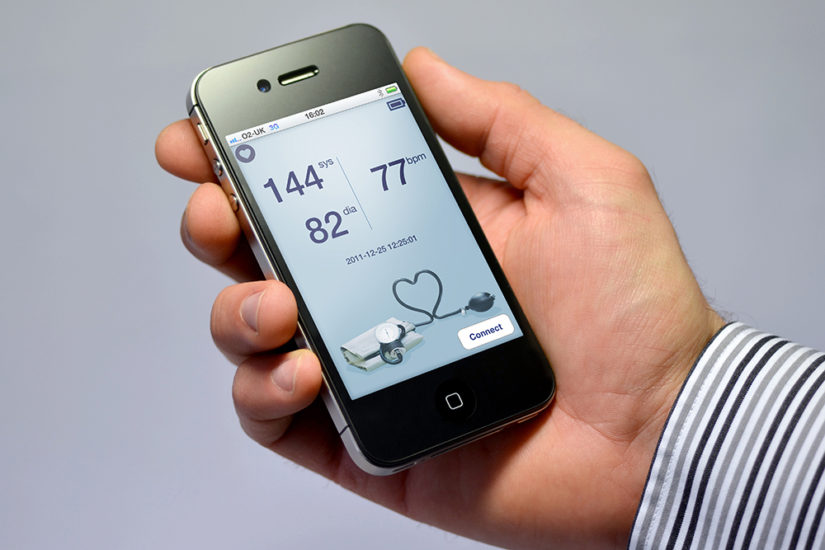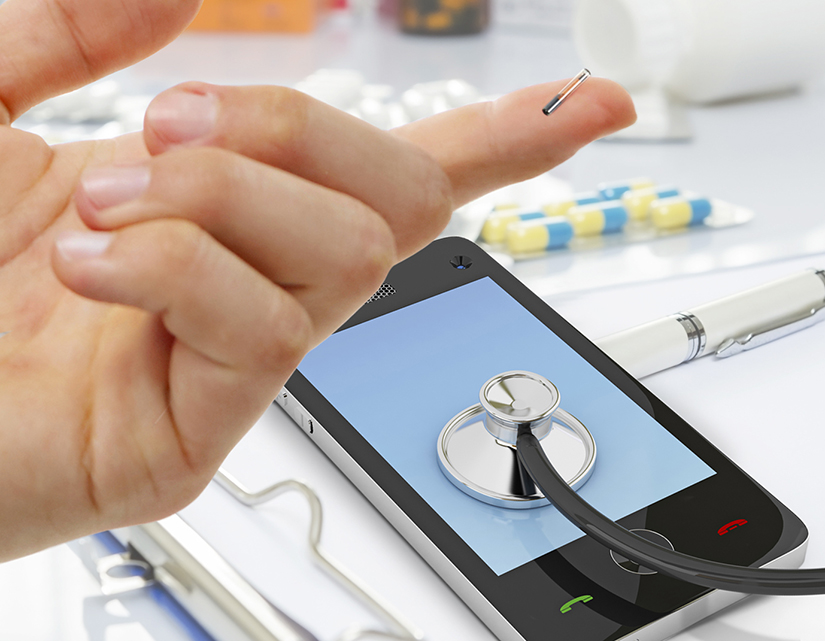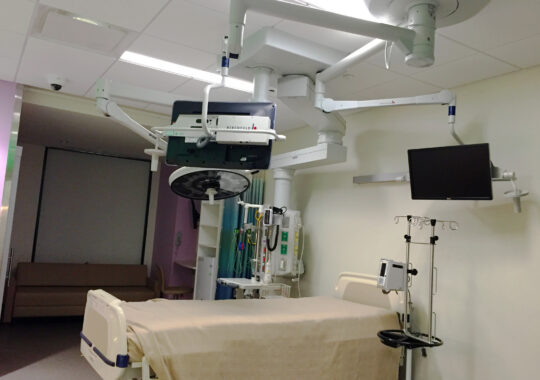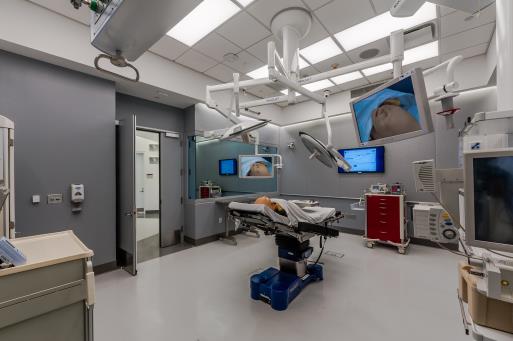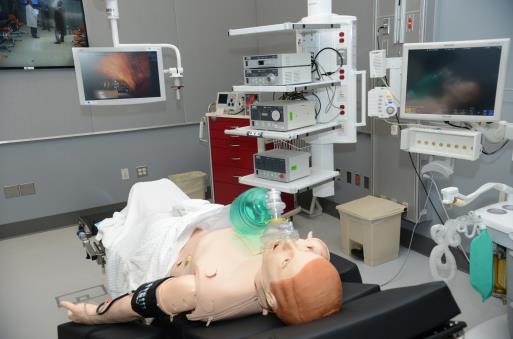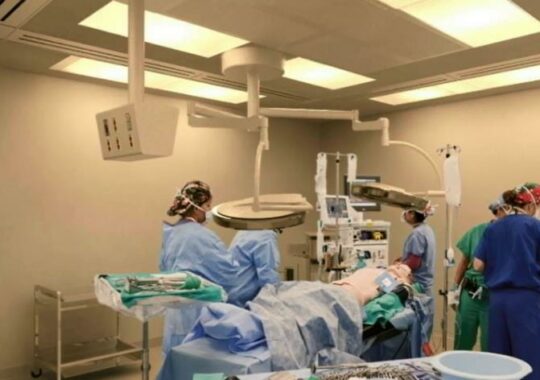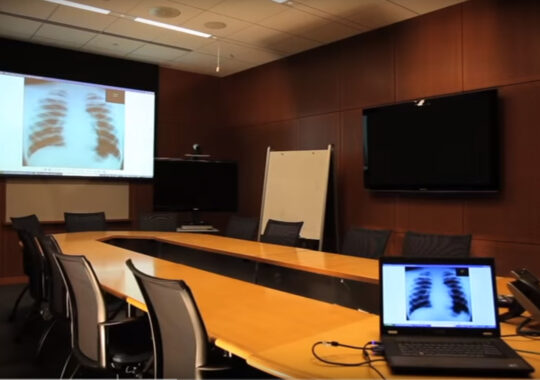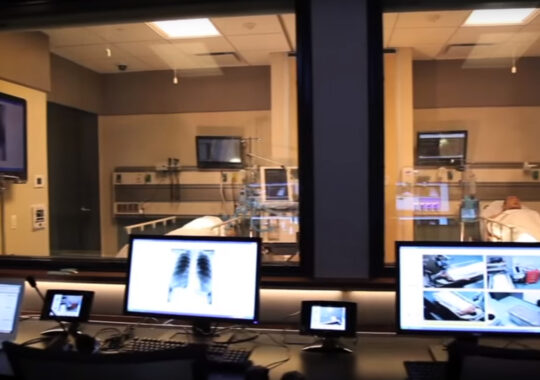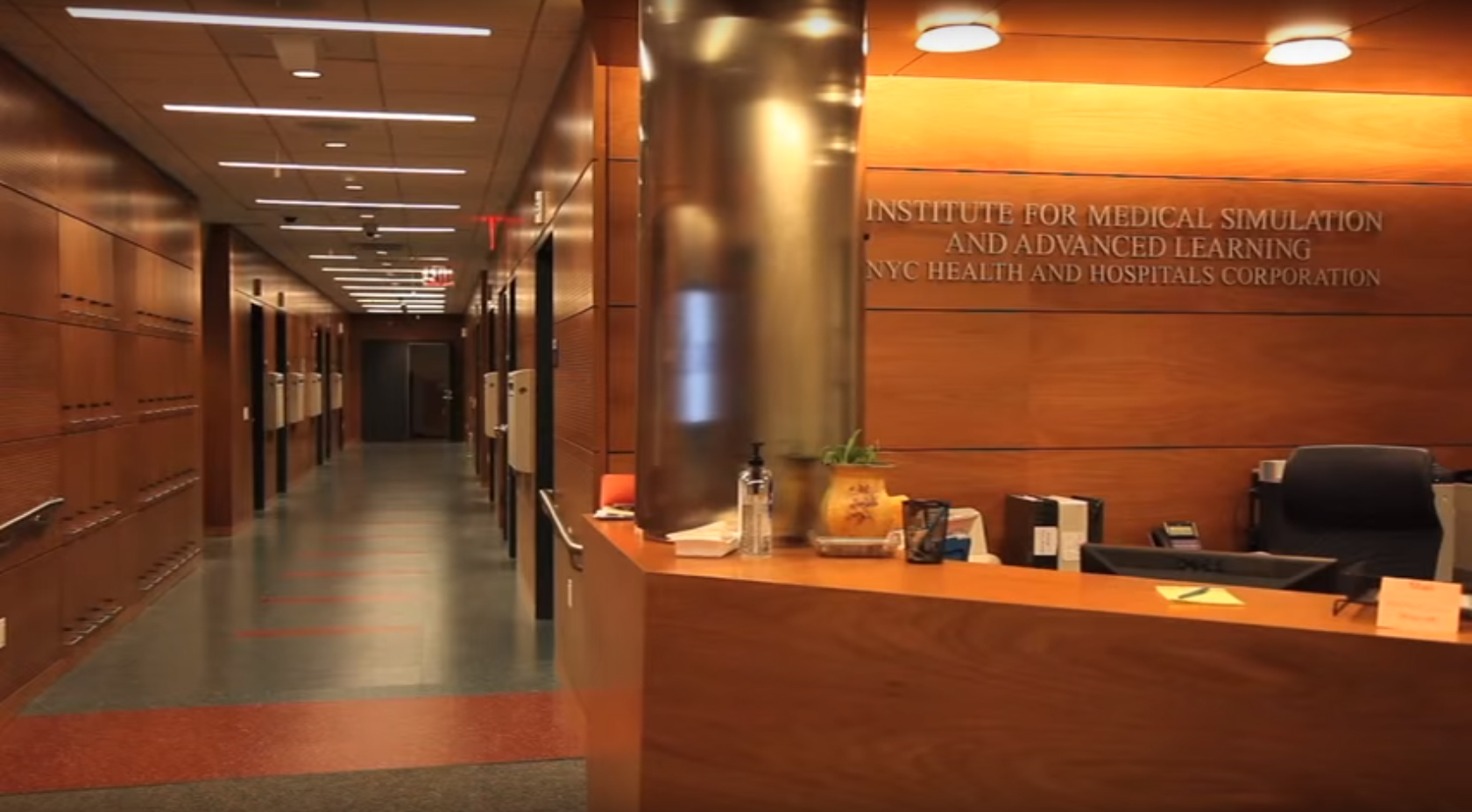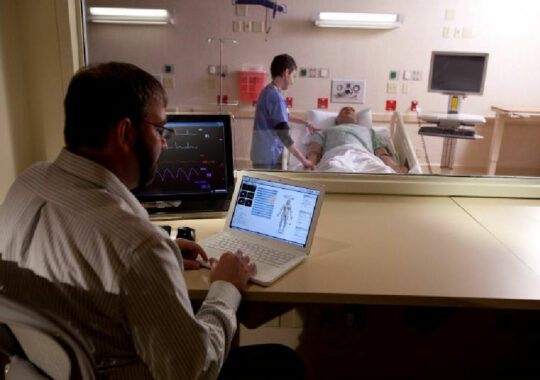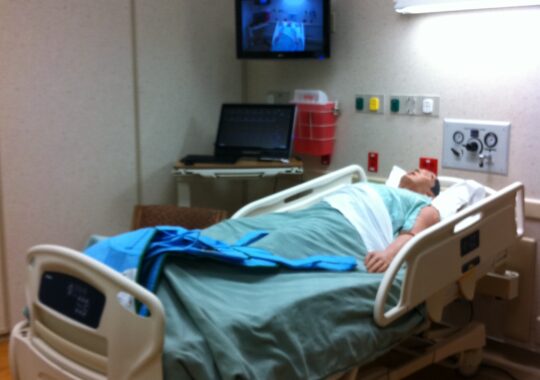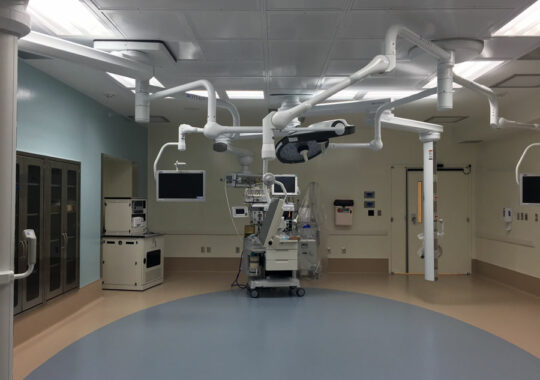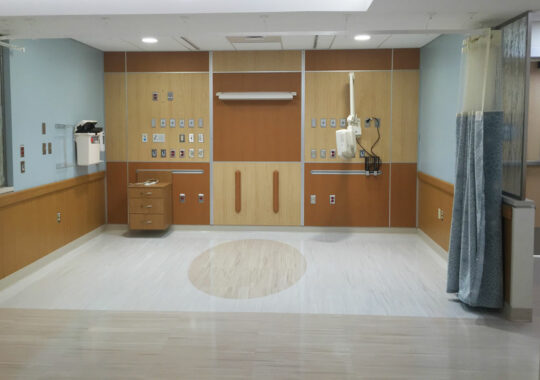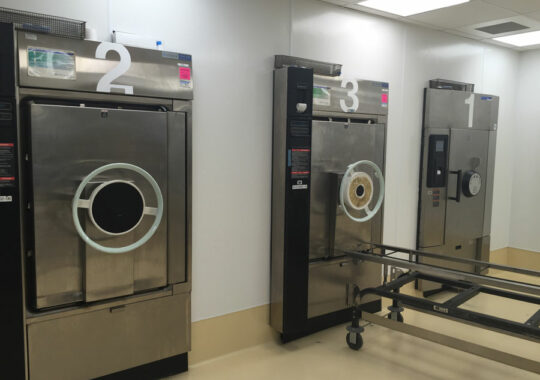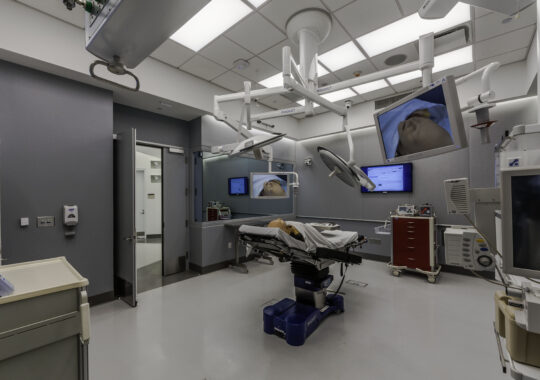Technology has made great leaps in the past 15 years with wireless technology now invading the traditional medical atmosphere. Devices that allow doctors and nurses, and even patients, to diagnose and administer patient care is ever evolving and innovating. This article discusses the advantages and disadvantages of personal wireless medical technology and what it means for the future of healthcare.
Personal wireless devices are now being used for medical purposes. Apps are available for download for as little as $15.00 and can be used as a diagnostic tool to test for a variety of illnesses or health issues ranging from blood glucose levels to sexually transmitted diseases. There are already personal wireless devices that can tell you how healthy you are or how much weight you need to lose, so why is it not surprising to find out that there are devices that can diagnose and treat human ailments? The question is, can we get by with only personal wireless medical technology and if so are we losing out on the human side of medicine?
As personal wireless devices continue to advance in medical diagnostics, these devices will eventually be as common as OnStar programs you find in most new cars. Instead of the device telling you that your battery is low or you need an oil change, the device will tell you that you are sick and in need of treatment.
Popular devices such as Fitbit, Wii Fit, and the Apple watch can monitor our heart rate, tell us how many calories we need to burn, how many steps to climb and how to eat healthier. In 2016, Microsoft and a healthcare company, Novartis, partnered to create a Kinect gaming system, Assess MS, to better evaluate MS patients.
As with Imaging tools, technology has come a long way in high resolution images to help understand and interpret all sorts of therapies, diseases and treatments. Being able to use a personal mobile wireless device to learn about the human body in 3-D is something I never thought would be possible. Technology has changed the traditional model of healthcare Where we are no longer limited to face to face encounters between patients and physicians. Telehealth applications such as Robots and Skype are gaining recognition.
Advantages
There are many advantages to using personal wireless medical technology, including cost. I would like to guess that many individuals would rather spend $15.00 downloading an app as opposed to spending a $30.00 copay or $200 for a doctor visit to diagnose a cold or pink eye.
Being able to obtain quick access to test results, treatment plans and medication recommendations is very tempting for those who maintain a busy lifestyle, are disabled, or are otherwise homebound. Products currently on the market such as the iHealth blood glucose monitor connects directly to your personal mobile device giving the patient an analysis based on previous recorded history. Results can then be emailed to your physician or upload to a server for sharing with a group of healthcare professionals.
Americans have come to expect instant gratification. If we want answers to a question we Google it. “Free” and “overnight shipping” have helped us feel entitled to fast and easy solutions. Why should obtaining information pertaining to our health be any different?
The biggest advantage that personal wireless medical technology can bring is more control over when and where information is needed as well as personalized treatment where consumers are more engaged in their own health and lifestyle management. With an increased desire for in expensive preventative care, the demand for more “personalized” care is expanding and growing. This phenomenon is giving rise to a new medical paradigm known as P4: predictive, preventative, personalized and participatory healthcare (Source). The premise of P4 is that physicians can use personalized, actionable information to make more cost-effective diagnosis and treatments.
Disadvantages
Not everyone has access to a smart phone or tablet, and not everyone knows how to use the technology. Complicated or costly apps are an obstacle for some people. There remains a percentage of the population who will not use the internet to look up medical conditions. This is particularly true of the elderly and mentally ill. “They have emotional needs that exacerbate physical illness, and others have deep-seated cultural attachments to doctors.”1
Privacy issues are another obstacle. Even though we habitually use the internet to look up information, many people remain wary about providing personal information in a wireless environment. Media attention on hackers exposing private citizens’ passwords and personal information is a deterrent. With cloud security being questioned, many are afraid of providing personal data out of fear that their identity might be stolen or personal information shared.
“As our phones become medical repositories, their security becomes even more crucial…. Already medical data stores have been a prime target for cybercriminals: in 2015, US health insurers Anthem and Premera Blue Cross were hacked, compromising the medical records of more than 90 million patients.” Further, “some security experts say that criminals are not the only ones we need to worry about — government and commercial bodies are just as untrustworthy.”2
Another challenge for wireless medical technology is that these advancements mainly benefit the health care system. As with any type of healthcare service, it costs money to manufacture devices and applications. We therefore run the risk of increasing healthcare costs. Who is going to pay for those increases? Many patients are already unable to afford high healthcare premiums and deductibles. Adding additional costs may deter the use of these devices or applications.
Conclusion
Personal wireless technology is clearly driving the demand for increased mobile-based solutions within the hospital as well as both outpatient and in-home environments. As patients become aware and educated regarding mobile device capabilities and applications, there is some thought that physicians will be phased out. This is unlikely. The accuracy of the personal wireless medical devices is still unproven and much of it remains unregulated. If someone misdiagnoses them self and as a result, mistreats their symptoms, illness or death can result. This is very risky for all involved. While personal wireless medical technology can enhance the patient care experience when used intelligently and correctly, nothing can replace the compassion, knowledge and the human touch of traditional medical care.
Sources1+ 2 “How Smartphones are transforming healthcare,” Financial Times Magazine, January 12, 2017
Photo credit: Cambridge-Consultants
